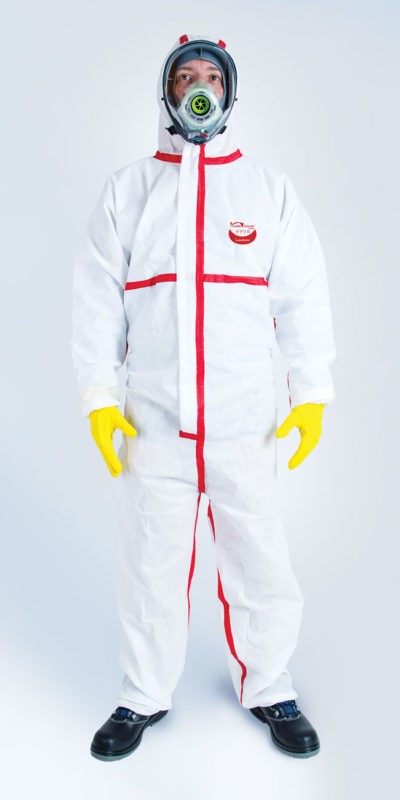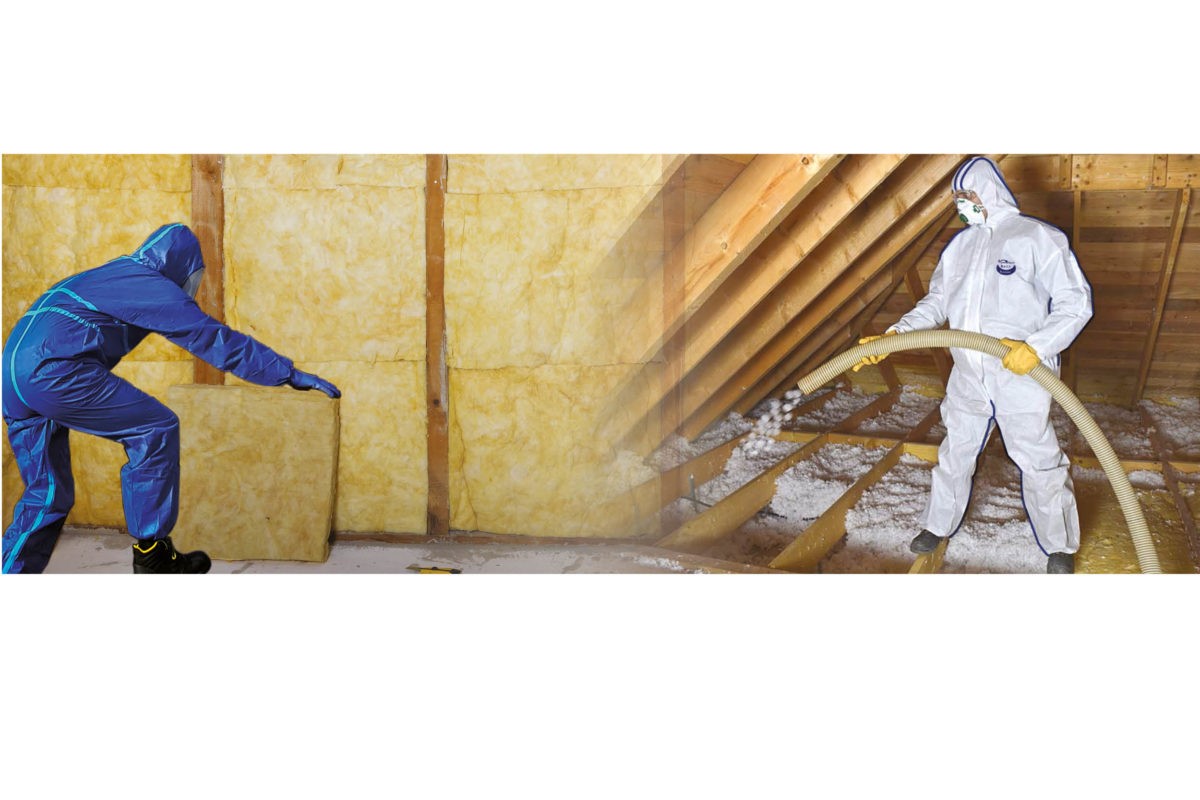

PROFESSION SHEET : RISKS WITHIN INSULATION WORK
18 June 2018
This “insulation sector” guide aims to help how to select the most appropriate garment according to various insulation techniques
PROFESSION SHEET : RISKS WITHIN INSULATION WORK.pdfINTRODUCTION
Operators involved in the field of insulation are confronted with high emissions of fibers and dust, most often in very confined areas. The different fibers and foams sprayed by dry or wet routes can cause skin irritation. The body protection of the operator must limit fiber leakage as much as possible. WeeSafe has designed two specific outfits for all insulation work: the WeeBack and the WeeCover Max 1 Blue coveralls.
WHAT STANDARD OF PROTECTION FOR INSULATION WORK?
Insulation through dry routes: Category 3 type 5 Protective clothing against solid particles. Suitable product: WEECOVER MAX 1
Insulation through wet routes Category 3 type 5 Protective clothing against solid particles. Category 3 type 5 and 6 Protective clothing against solid particles, and against limited sprays or splashes of non-hazardous chemicals. Suitable product: WEEBACK
DIFFERENT TYPES OF INSULATION
Natural wool: Linen Hemp Sheep wool Cork. Main risks: Emission of organic dust containing microorganisms (mites, molds and microbes). Residues of insecticides, fungicides and flame retardants. Suitable product: WEECOVER MAX 1
Mineral wool: Glass wool. Roch wool Slag wool. Main risks: Risks of skin irritations. Suitable product: WEECOVER MAX 1
Polyurethane foam: Fumes of isocyanate vapors (and more specifically MDI methylene diphenyl diisocyanate) during application and spraying. Suitable product: WEEBACK
WHY ARE THE WEEBACK AND WEECOVER MAX 1 BLUE DEDICATED TO INSULATION WORK?
REINFORCED TIGHT SEAMS: Seams fully tight to dry fiber splashes. Offer a very high mechanical strength compared to traditional seams.
GUARANTEED COMFORT: Highly breathable SMS material allowing to release the heat.
OPTIMAL PROTECTION AGAINST FIBERS: The EN13985-2 standard (Type 5, air-tight to solid particles) allows up to 15% inward coverall leakage rate. Our SMS material with thermo-sealed seams has been tested at less than 5% leakage rate
Click here to discover our profession sheet





